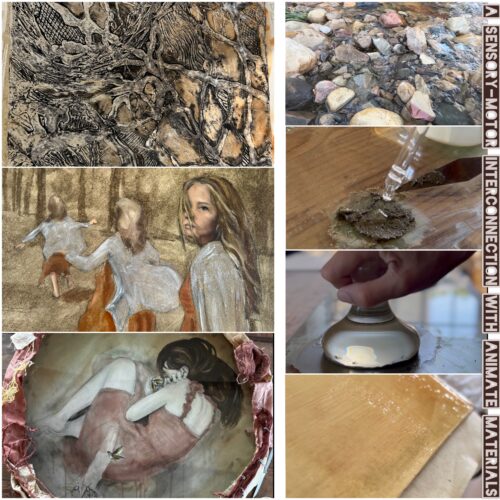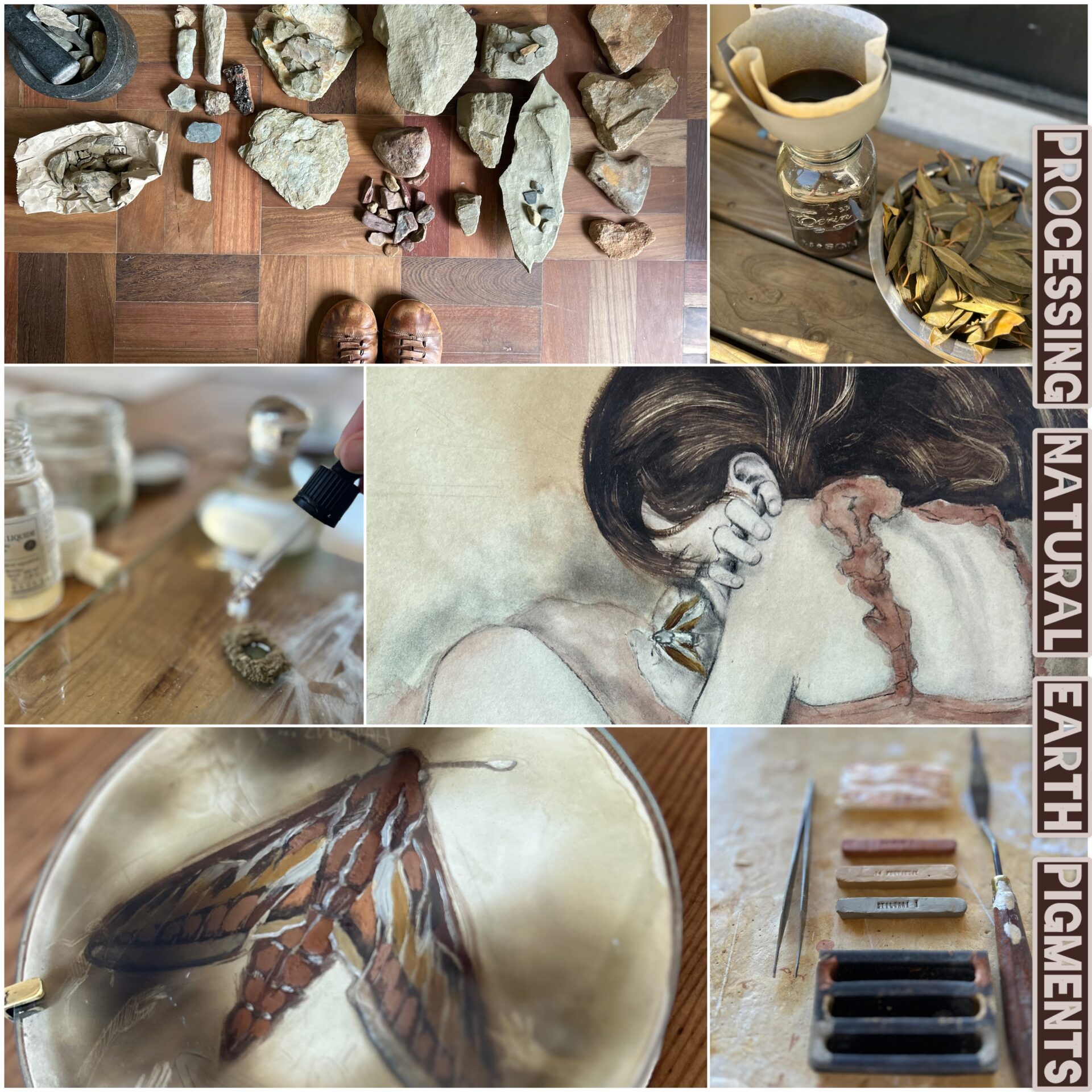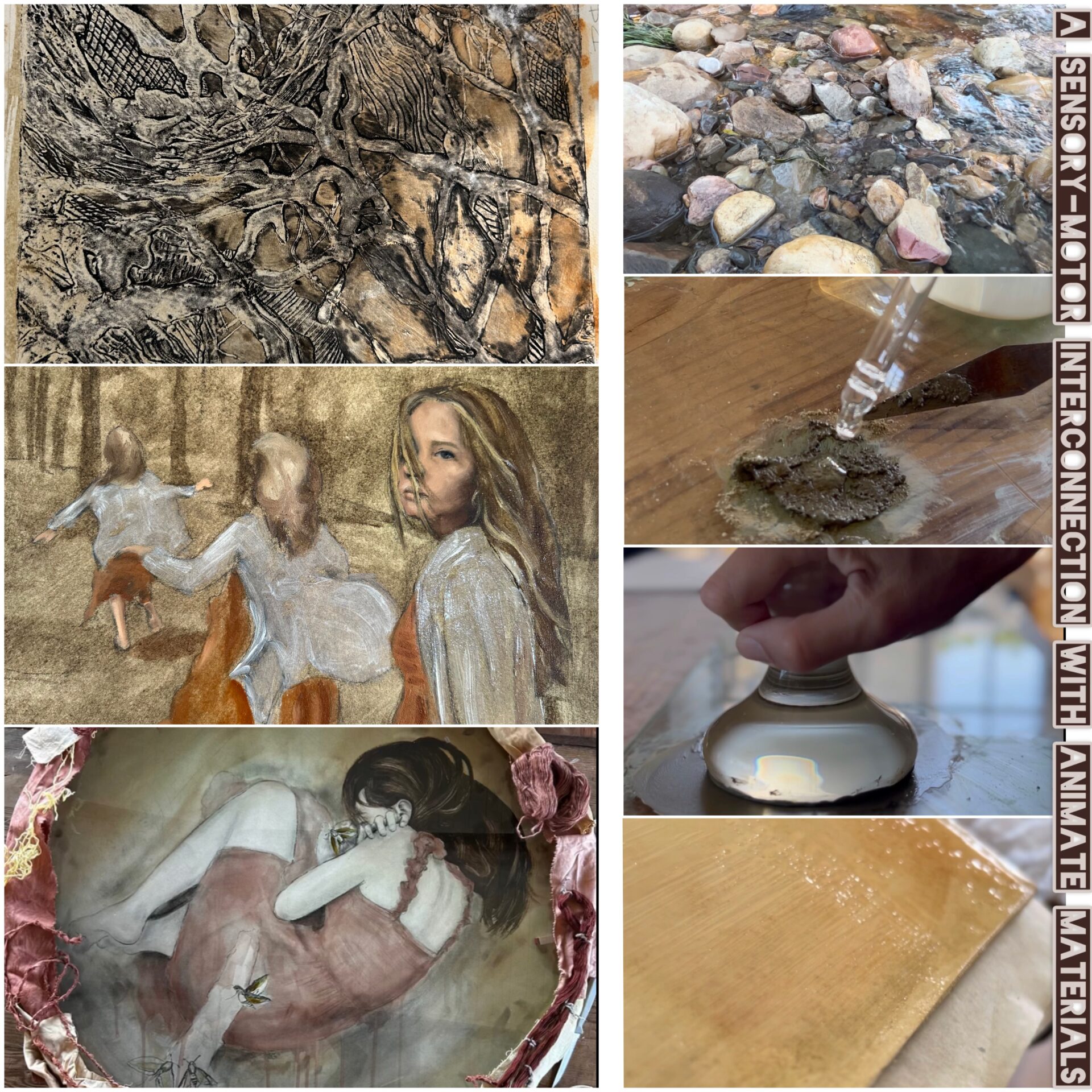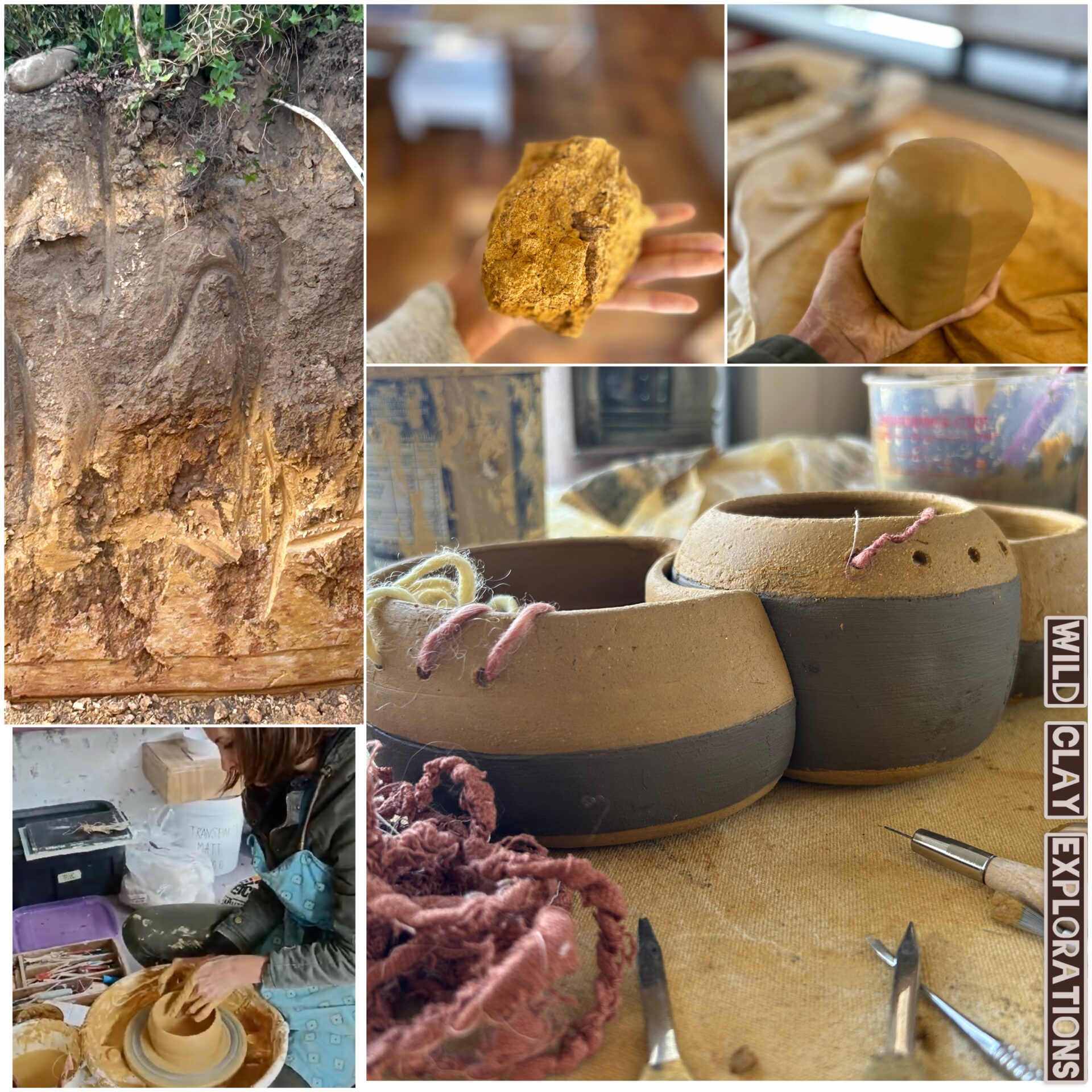
OCA MA Fine Art: In conversation with Riette van Rensburg
The OCA MA Fine Art team have been working with their students to undertake some student led peer interviews about their work at MA level. The focus of this was for students to construct the questions and answers and select work that they want to discuss and show.
Hear from Riette van Rensburg below;
What advice would you give an aspiring artist to be successful today?
Firstly I would advise aspiring artists to invest in their art by aligning it with their values and passions. This will result in authentic artwork. The voice of authentic art will always speak clearer and loader than any trend-driven or audience pleasing art.
Another piece of advice I would give, is to never stop creating. Life happens and there will be times when you will be taking a break but make sure you keep a trickling stream of creativity running. Keep creating actively (as opposed to keeping ideas in your head), even in small ways to maintain a steady flow of creativity.
Is there anything that has changed in your practice or has become clearer since you began with this MA journey?
YES! A lot has changed. The vision for my practice has become clearer, my materials changed and I have learned so much through the research-fields from which I draw. I enjoyed pulling research and theory into my practice. I feel that it has underpinned my practice with more depth and purpose.
What would you say is the main inspiration behind your practice and art? What is your WHY?
Since a young age, I have always wanted to help people. As I grew older, I knew it had to do with alleviating suffering and emotional suffering in particular. Art has the potential to cross many barriers because it speaks the universal language of the heart. This makes art powerful as a communication tool and a gentle as a therapeutic tool. Working with the senses, art has the ability to affect the brain from the bottom-up. It is this form of care that I explore in depth in my practice.
In terms of your studio/s, do you have a particular ritual that gets you in the right frame of mind before you start a new piece of work?
I have a few habits/‘rituals’ that get me into a creative frame of mind. My day often begins with a morning run/hike in my surrounding mountain trails. This slow rhythmic running gets my mind into a meditative state where new ideas often arise and solutions become clearer. Nature serves as inspiration for new work and I see nature as part of my studio and happens to be where all my art materials are stored!
My indoor studio is just as important to me. As a ritual, I tend to put on a oil burner upon entering my studio and I like various essential oils. I also tend to clear and clean my space before I start and put on some music. I choose my music depending on the type of work I will be doing. Looking back on my MA and my fields of interest, I now see why these sensory dense rituals are so important to me. They not only regulate my nervous system, but also attunes my mind to line up with what I want my work to communicate.
Can you describe your current practice?
I would describe my work as research-based and dealing with the ideas and concerns that I care about most, which include the emotional, physical and spiritual wellbeing of myself and my fellow humans and the reciprocal wellbeing of our environment.
During this MA, my practice has evolved into a wilderness journey through the inner landscape of the embodied soul – which is our most valuable & most significant dwelling place. Looking at the relational processes between the soul (between brain, body and spiritual awareness), the community and the outer landscape of nature. I seek to understand how our Western, modern & post-modern culture, over the past 300 – 400 years, has affected our awareness of our interconnection with nature and other human beings and how this in-turn has affected our our wellbeing as a species. My practice questions whether a better understanding of our interconnection may hold a pathway to better health and care for, not only our selves but also our planet.
My practice looks through the lens of science to the fields of Neuroscience, MBSR, Sensory Integration and Philosophy to gain understanding about the relational processes of the embodied brain and more recently through an Anthropological lens to gain wisdom from ancient traditions and ways of living.
My Methodology is initiated with time spent in the surrounding mountainous landscape where I live. This activity takes me into a meditative state where I can experience the nature with all ‘organs of perception’ as my senses engage with my surroundings. It is during running on these mountain trails that I was drawn to the clay soil that was under my feet. From this flowed a material investigation and focus that emphasised the sensory-motor process of making these natural materials, over the final ‘art product’. These materials consist of mostly natural earth pigments, botanical lake pigments, paper-making, encaustic medium and the processing wild clay from my surroundings. This material investigation was not only a strong link between Neuroscience and practice, but also between my practice and environmental concerns, relating to soil degradation and erosion.
I was arrested by the following quote by Joan Tronto as I read though the work of Maria Puig de la Bellacassa called ‘Matters of Care’. It is a quote I continue to come back to, as it binds together my concerns for both the human and the non-human worlds:
“Care is a species of activity that includes everything we do to maintain, contain and repair our ‘world’ so that we can live in it as well as possible. That world includes our bodies, ourselves and our environment, all of which we seek to interweave in a complex, life sustaining web.”
Joan Tronto



|
|






